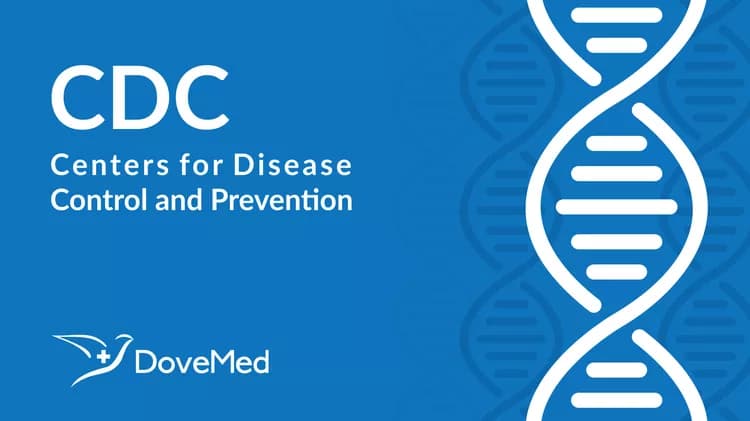
America’s Schools Make Positive Changes To Create Healthier School Meals
America’s schools make positive changes to create healthier school meals
More fruits and vegetables offered -- less sodium used
Most schools in the U.S. are implementing healthy practices to help meet federal school meal standards by offering whole grains, more fruits and vegetables, and reducing sodium content, according to data published today in the Centers for Disease Control and Prevention’s (CDC) Morbidity and Mortality Weekly Report. School meal programs are an important source of nutrition as students consume almost half of their daily calories at school.
CDC researchers analyzed school-level data from the School Health Policies and Practices Study (SHPPS) for 2000, 2006, and 2014 to see how well schools are implementing practices related to the nutrition standards for school meals published by the U.S. Department of Agriculture in 2012. The standards require serving more fruits, vegetables, and whole grains and gradually reducing sodium over 10 years. Previous studies have shown that students who eat school meals consume more milk, fruits, and vegetables during school meal times and have better intake of some key nutrients (such as calcium and fiber) than those who do not participate in the meal programs.
“School meals are healthier now than ever before. We’ve made real progress, but there is much more to do to help American children make food choices that will keep them healthy throughout their lives,” said CDC Director Tom Frieden, M.D., M.P.H.
Between 2000 and 2014, the percentage of schools implementing five of the nine school nutrition services practices examined has increased significantly.
Key Findings from 2014:
Almost all schools offered whole grains each day for breakfast (97.2 percent) and lunch (94.4 percent).
Most schools offered two or more vegetables (79.4 percent, up from 61.7 percent in 2000) and two or more fruits (78.0 percent, up from 68.1 percent in 2000) each day for lunch.
Nearly one-third (30.5 percent) of schools offered self-serve salad bars.
More than half of schools that prepared their meals at the school used fresh or frozen vegetables instead of canned (54.1 percent), used low-sodium canned vegetables instead of regular canned vegetables (51.8 percent, up from 10.3 percent in 2000), used other seasonings instead of salt (65.1 percent up from 32.8 percent in 2000), and reduced the amount of sodium called for in recipes or used low-sodium recipes (68.0 percent up from 34.1 percent in 2000).
“We are encouraged that more schools are offering a variety of fruits and vegetables and finding ways to reduce the sodium content of school meals,” said Caitlin Merlo, M.P.H., lead author of the study and health scientist in CDC’s School Health Branch. “Schools play a critical role in demonstrating and reinforcing healthy eating behaviors by making sure that nutritious and appealing foods and beverages are available and promoted to students. This is particularly important because children’s eating patterns carry into adulthood.”
Improvement still needed
Although schools are moving in the right direction, there are many ways to further increase fruit and vegetable availability and reduce sodium in school foods.
Strategies to improve school nutrition services practices:
Schools can assess their nutrition policies and practices by completing CDC’s School Health Index and implement strategies found in CDC’s School Health Guidelines to Promote Healthy Eating and Physical Activity.
School officials can ensure schools have appropriate equipment to prepare and serve fruits and vegetables (for example, food processors, knife sets with cutting boards, and refrigerators).
Schools can participate in partnerships like Let’s Move Salad Bars to Schools.
Districts and schools can work with CDC-funded staff in state health departments (State Public Health Actions) to offer ongoing training for school-nutrition professionals, and to provide resource materials to school administrators, teachers, and parents to further improve school nutrition practices and support the meal programs.
U.S. schools have significantly improved school nutrition practices and should continue striving to provide a quality nutrition environment for students. For more information about CDC’s Healthy Schools activities, visit http://www.cdc.gov/HealthyYouth/.
###
U.S. DEPARTMENT OF HEALTH AND HUMAN SERVICES
Related Articles
Test Your Knowledge
Asked by users
Related Centers
Related Specialties
Related Physicians
Related Procedures
Related Resources
Join DoveHubs
and connect with fellow professionals

0 Comments
Please log in to post a comment.